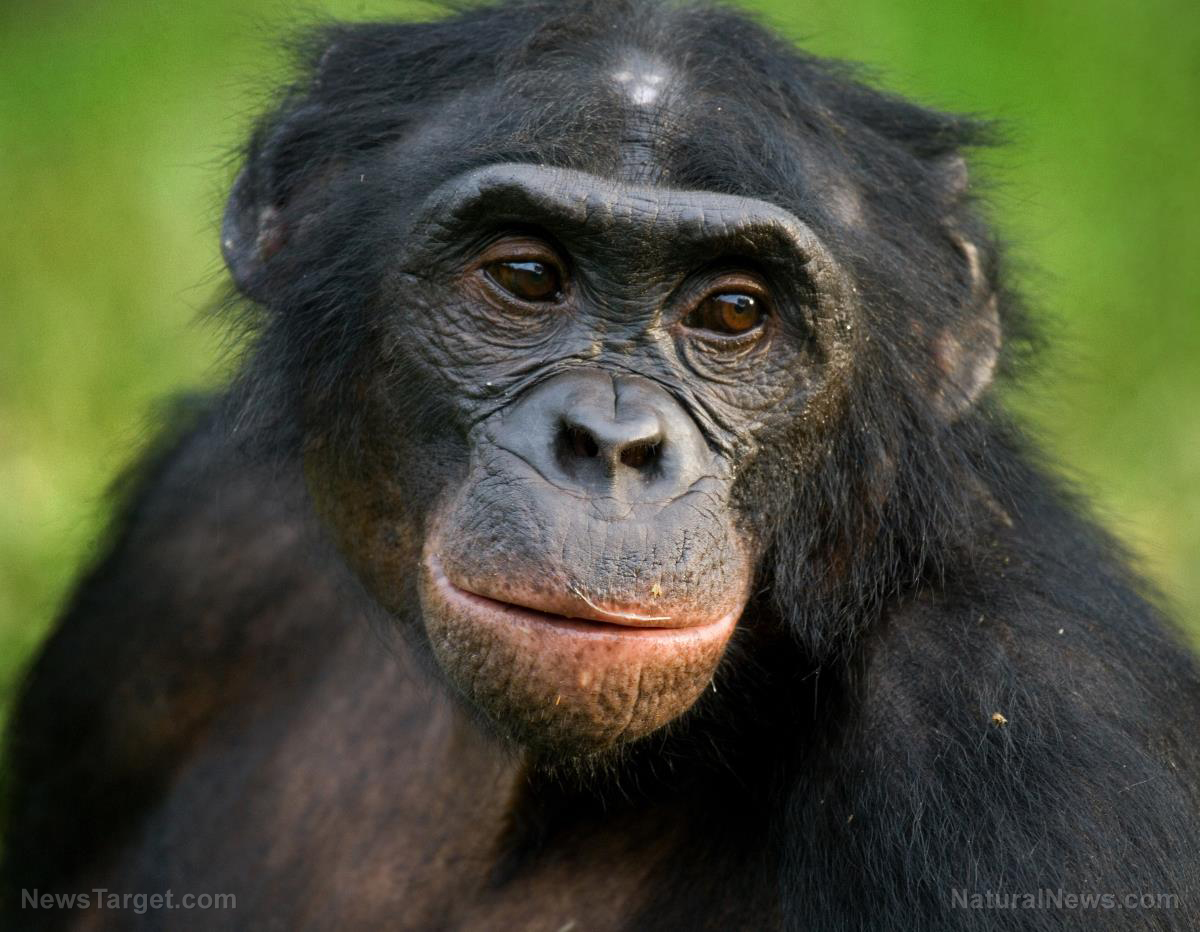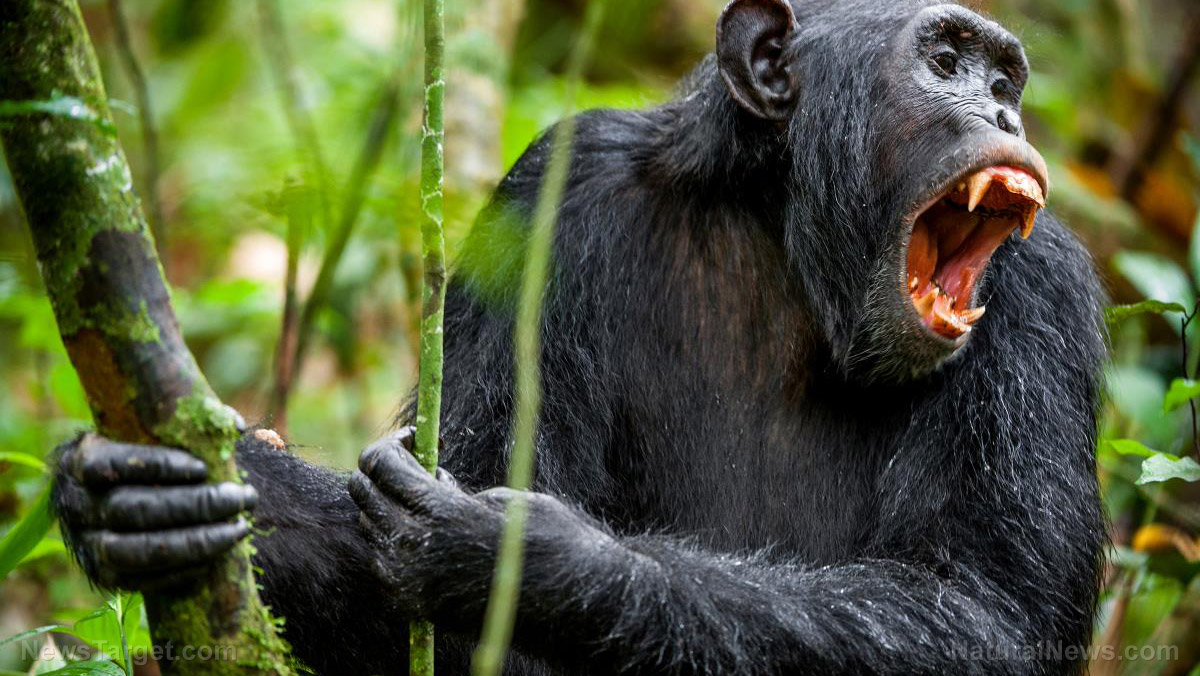
Researchers from the Max Planck Institute for Evolutionary Anthropology organized the test with the involvement from St. Andrews University. The team used 34 great apes, comprised of 23 chimpanzees, six orangutans and five bonobos. The experiment was conducted in the Leipzig Zoo. The tests involved the great apes watching and then helping a human retrieve a toy from one of two locked boxes. Prior to the experiment, the animals were taught how to open the boxes using a bolt before they were rewarded with grapes.
Great apes know when you know something and when you don't
In the first experiment, the “true-belief “test, the experimenter knew where the toy was, having kept the toy in one box before watching an assistant take the toy out and place it in the other box. The experimenter was present during the switch and showed awareness when the box lid was opened by saying, “Aha”. In the second experiment, or the “false-belief” test, the experimenter stayed outside the room while the assistant made the exchange. The experimenter attempted to open the wrong empty box but failed, shrugging, gesturing helplessly and saying, “Hmm”.

It was found, during the “false-belief” test, that the animals were more 50 percent more likely to help the experimenter and open the box for him. According to the an article published in Inquirer.net, “the apes chose the correct box significantly more often than chance”. Conversely, when the animals knew that the experimenter knew which box the toy was placed in, they were less likely to open the box.
This behavior, according to the researchers, meant that great apes were capable of “reading” the minds of others during social interactions. They could understand what someone is attempting to accomplish, what information they have wrong, and how to fix the problem. Lead author of the study, Dr. David Buttelman called this reasoning ability “pretty complex” and then added, "for the last 30 years the literature suggested that great apes might lack this ability, finding evidence of belief-tracking in great apes was kind of a surprise to all of us."
This ability was tested further in an “ignorance” test conducted several months later. This time around, the experimenter did not place the toy inside a box and had no idea where the toy could be. The great apes only assisted the experimenter at random during the course of the “ignorance” test.
The study concluded with, “apes are able to use this understanding in their social interactions. If supported by further research, the apparent difference between great ape and human social cognition would thus lie not in their basic capacity to 'read' other minds, but elsewhere."
Sources:
Please contact us for more information.

















